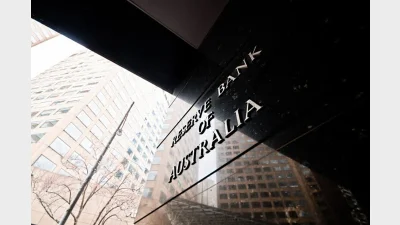ASFA digs in on AUSTRAC funding



The Association of Superannuation Funds of Australia (ASFA) is continuing its strong opposition to the need for superannuation funds to finance the activities of the Australian Transaction Reports and Analysis Centre (AUSTRAC).
ASFA's continuing objections have been made clear in its response to a cost-recovery impact statement issued by AUSTRAC.
In that response, ASFA has also urged clarity that the earnings measures utilised with respect to calculating cost recovery are "the trustee's earnings, not the earnings of the trust".
"We recommend that this position be made clear in the Ministerial Determination for the 2012-13 regulatory period or by way of a separate formal statement by AUSTRAC," the ASFA response said.
However it used its response to repeat what it described as "our strong opposition to the Government's policy to recover AUSTRAC's regulatory costs from reporting entities".
"We do not intend to restate the reasons behind ASFA's position again in this submission," the ASFA document said.
"However we feel it is appropriate to again draw your attention to these prior submissions which contain, in detail, the reasons behind our objections to the AUSTRAC levy, and to advise that ASFA will be taking up the matter of the AUSTRAC levy as well as other industry levies directly with Government."
Recommended for you
The major changes to the proposed $3 million super tax legislation have been welcomed across the superannuation industry.
In holding the cash rate steady in September, the RBA has judged that policy remains restrictive even as housing and credit growth gather pace.
A new report warns super funds must rethink retirement readiness as older Australians use super savings to pay off housing debt.
An Australian superannuation delegation will visit the UK this month to explore investment opportunities and support local economic growth, job creation, and long-term investment.









